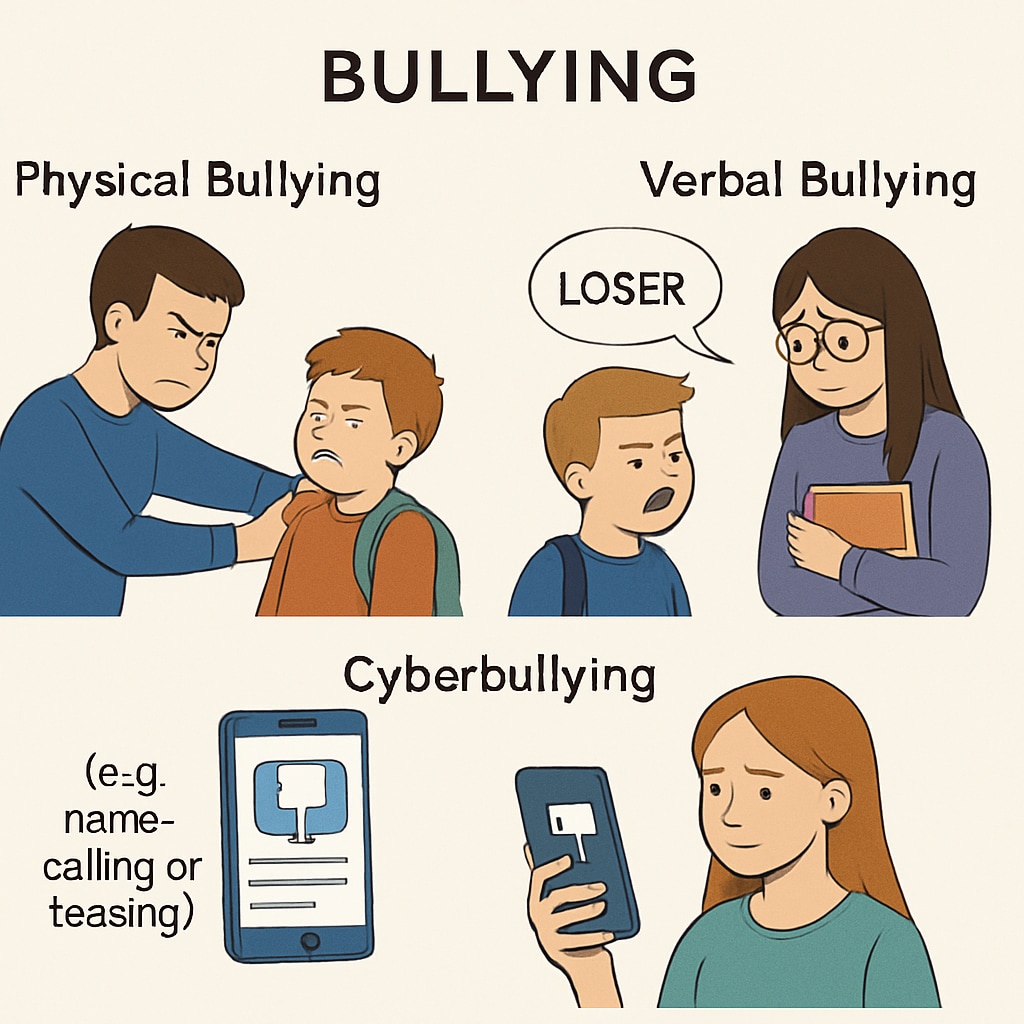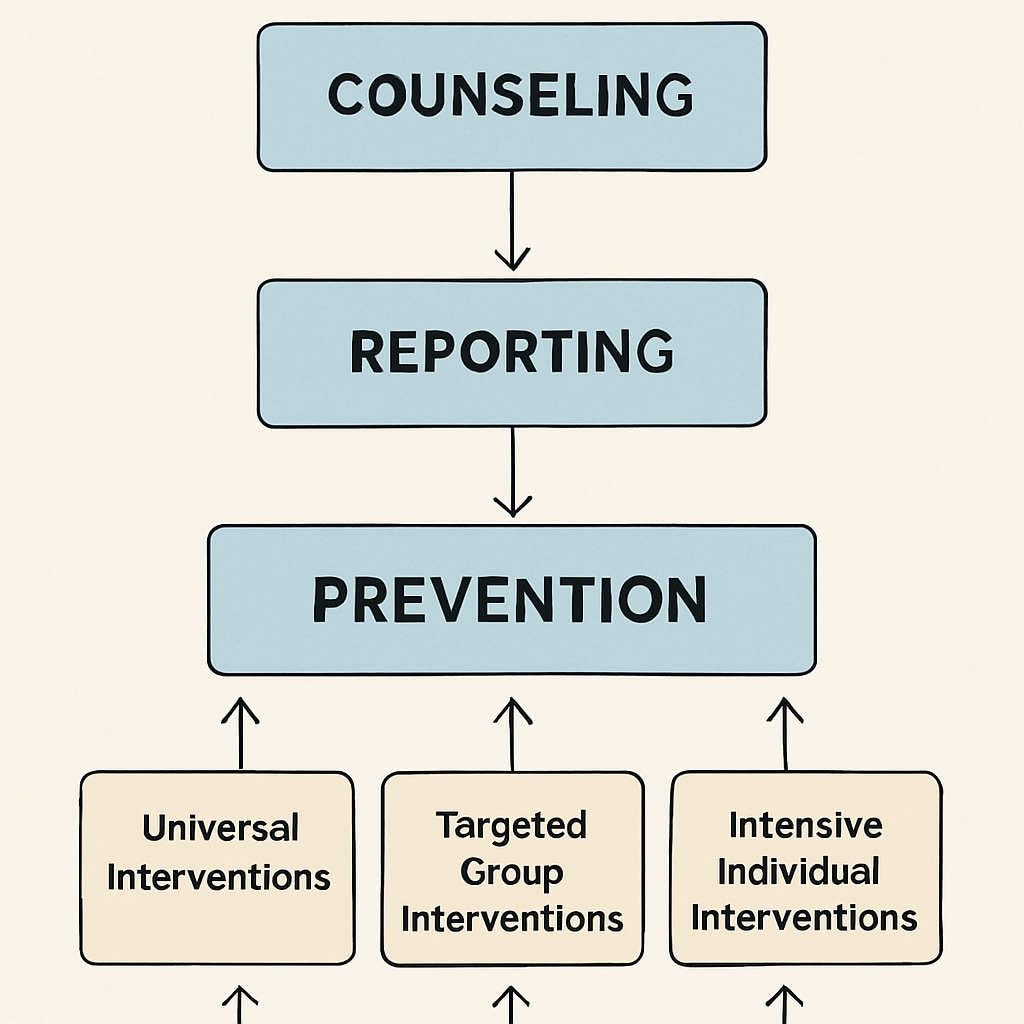Bullying management in schools is a critical component of campus safety and student welfare. Addressing the issue comprehensively requires a system that not only resolves incidents but also fosters long-term behavioral change. This article discusses an ideal school bullying management system, emphasizing prevention, intervention, and the importance of balancing behavioral consequences with education. By implementing these strategies, schools can create environments that nurture emotional intelligence and social responsibility among students.
Defining Bullying Behavior and Its Impact
Before implementing any system, it is essential to clearly define bullying behavior. Bullying includes repeated actions that aim to harm, intimidate, or humiliate others, whether physical, verbal, or digital. Recognizing the emotional and psychological impact of bullying on victims is equally important, as it often leads to anxiety, depression, and academic struggles. Schools must establish clear guidelines to differentiate bullying from other conflicts, ensuring precision in identifying and addressing these harmful behaviors.

Building a Multi-Level Intervention System
An effective bullying management system should operate across multiple intervention levels. These include prevention, immediate response, and long-term support strategies:
- Prevention: Conduct regular workshops and awareness campaigns to educate students, parents, and staff about the importance of respect, empathy, and inclusion.
- Immediate Response: Establish a transparent reporting system, ensuring anonymity and trust. Immediate investigations should be followed by appropriate actions such as mediation or disciplinary measures.
- Long-Term Support: Provide counseling services for both victims and perpetrators to address underlying issues and promote personal growth.
Layered interventions allow schools to tackle bullying comprehensively, addressing both the symptoms and root causes.

Balancing Discipline and Education
While disciplinary actions are necessary to establish boundaries, an ideal system focuses equally on education. Punitive measures alone often fail to address the reasons behind bullying behavior. Instead, schools should integrate educational programs that teach conflict resolution, emotional regulation, and empathy. For example:
- Conflict Resolution Workshops: Encourage students to collaborate on solutions and understand differing perspectives.
- Emotional Intelligence Training: Develop students’ ability to identify and manage their own emotions while respecting others.
- Community Service Projects: Foster social responsibility by involving students in initiatives that benefit others.
By combining discipline with education, schools can help students grow into compassionate and responsible individuals, ensuring a safer campus culture.
Promoting a Unified School Culture
Finally, an effective bullying management system must be supported by a unified school culture. This involves active participation from all stakeholders—students, staff, parents, and administrators. Schools should implement regular feedback mechanisms, such as surveys or focus groups, to assess the effectiveness of their bullying management strategies. Transparency in communication fosters trust and encourages collective accountability for maintaining a safe and inclusive environment.
In addition, partnerships with external organizations specializing in bullying prevention can provide valuable resources and support. For instance, organizations like StopBullying.gov and Britannica’s Bullying Overview offer research-based strategies and materials to strengthen school programs.
By integrating these elements into a cohesive framework, schools can effectively address bullying while fostering personal and communal growth.
Readability guidance: Use clear and concise language, with short paragraphs and bullet points to summarize key strategies. Maintain a balance of informational content and actionable steps, ensuring the article remains engaging and practical for readers.


